So far this season we have seen Liverpool, under their German coach Jurgen Klopp, perform above all reasonable expectations as they challenge at the top of the Premier League table, for a team to have performed so well last season, when they reached the Champions League final, and to have kicked on again this year is extremely impressive. Unfortunately for the side from Anfield, however, their impressive start to the season has been overshadowed by that of Manchester City under Pep Guardiola.
Coming into this match against Arsenal, expectations amongst the Liverpool fanbase would be high with the belief that the side need to keep winning in order to reach new heights in their pursuit of their first league title in the modern era. This desire, however, would be tempered with realism as the match unfolded and Liverpool found an Arsenal side with steel running through its spine, a significant departure from the malleable Arsenal of old.
There are still numerous positives for Liverpool to take from this match despite only managing a 1-1 draw at the Emirates, not least of which comes with the way that their central defensive partnership of Virgil Van Dijk and Joe Gomez continues to flourish. Flanked by youthful full-backs in Trent Alexander Arnold and Andrew Robertson Liverpool have a defensive unit that could be present and effective at the top level for at least the next 5-6 seasons without the need for any significant investment.
If there are questions around the performance of Liverpool in this match then they come in the midfield three where the choice of Georginio Wijnaldum, James Milner and Fabinho was solid and effective in the defensive phase but less present when looking to link in with the attacking unit in the attacking phase.
Team News
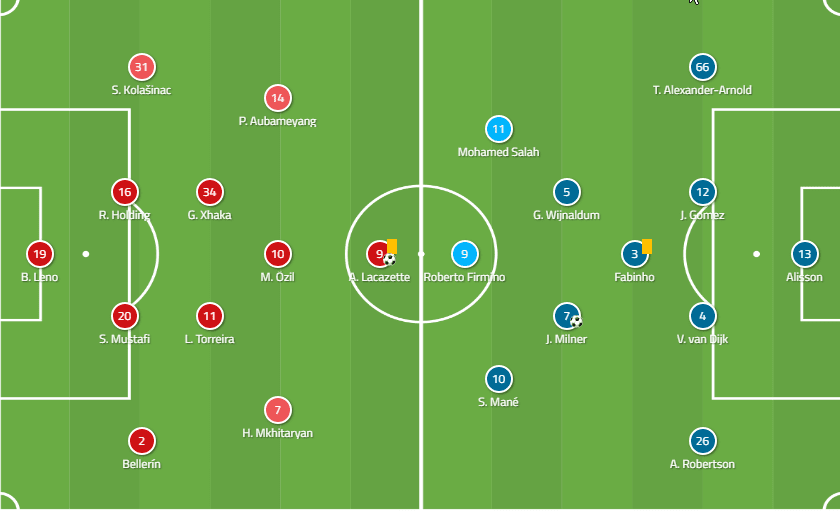
The significant news from Liverpool saw them maintain their impressive partnership in defence after a period of rest for right-back Alexander-Arnold that had seen Dejan Lovren introduced in the centre with Joe Gomez moving over to the right-hand side.
The three central midfielders were all capable of performing as the deepest midfield or as the more advanced in the unit, this gives Liverpool a sense of flexibility in the central areas.
The front three for Liverpool was untouched as ever with Roberto Firmino, Mohamed Salah and Sadio Mane forming a fluid and formidable front three.
Liverpool Pressing
It is difficult to write a tactical analysis of Liverpool under Jurgen Klopp without mentioning their pressing structures. When Klopp was initially appointed, all of the talk surrounded the idea of gegenpressing (counter pressing) which Klopp had utilised impressively during his time in charge of Borussia Dortmund in Germany. Now though, the pressing systems that we see Liverpool use are entirely more nuanced with an impressive degree of flexibility in the way that they choose to press the opposition or perhaps more crucially they choose not to.
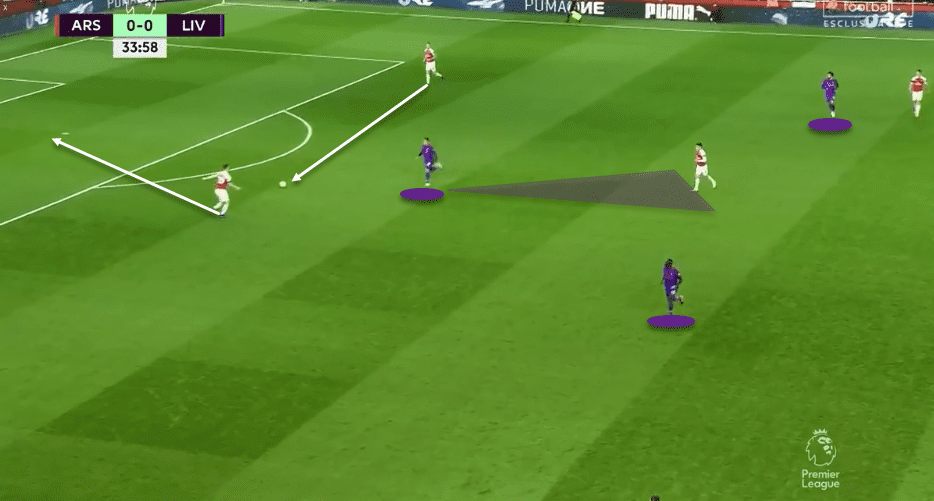
The Brazilian international forward Roberto Firmino is the key to the intelligent way that Liverpool press. He is an effective forward player in the attacking phase but as a striker, his performances in the defensive phase and the immediate transition are perhaps unmatched in world football. Above is an example of the way that Firmino presses intelligently.
With the ball being circulated across the defensive line of Arsenal, we see Firmino move to press and engage the man taking possession of the ball. As he does so, however, he curves the run that he makes to press the ball and ensures that he covers the forward passing lane with his cover shadow as he moves to engage the ball.
Without the option to play the ball forward the pass goes back to the goalkeeper and Bernd Leno ends up having to play direct.
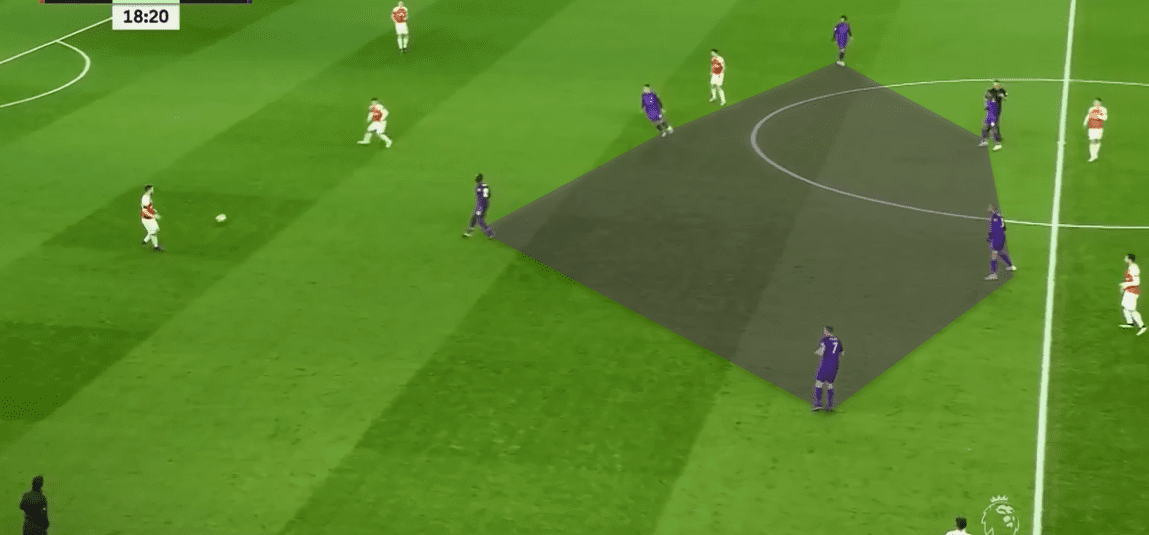
This time, we see a slightly more nuanced pressing approach from Liverpool as they look to deny the opposition the opportunity to play forward through the thirds. Under Unai Emery this season, we have seen a more structured approach from Arsenal in the way that they look to progress the ball forwards. They are intent on trying to play out from the back before progressing the ball into the opposition half through quick combinations.
Here, the front three of Liverpool are not engaging the ball immediately and instead they are slightly deeper than we would normally see them. The second line of the pressing structure is close to the forward line, this prevents Arsenal from comfortably finding ways to play forward.
Instead, Arsenal are forced to play in a more direct fashion that is more easily handled by the Liverpool defensive line as they force turnovers in possession.
The Liverpool Front Three
In terms of sheer attacking threat, there are not many forward units in world football that carry a more significant threat than the Liverpool front three. Mohamed Salah may have dropped off in terms of sheer goalscoring compared to this point last season but his overall performances have remained extremely impressive.
Indeed, the front three for Liverpool compliment one another so impressively that they have answers to almost any defensive structures that the opposition can put out against them.
What we tend to see from the three forwards, however, is all three taking up narrow positions in the attacking phase and from time to time swapping positions. As they move narrow, the full-backs for Liverpool move high to maintain the width and Liverpool present almost a constant threat of overloading different areas of the opposition defensive line.
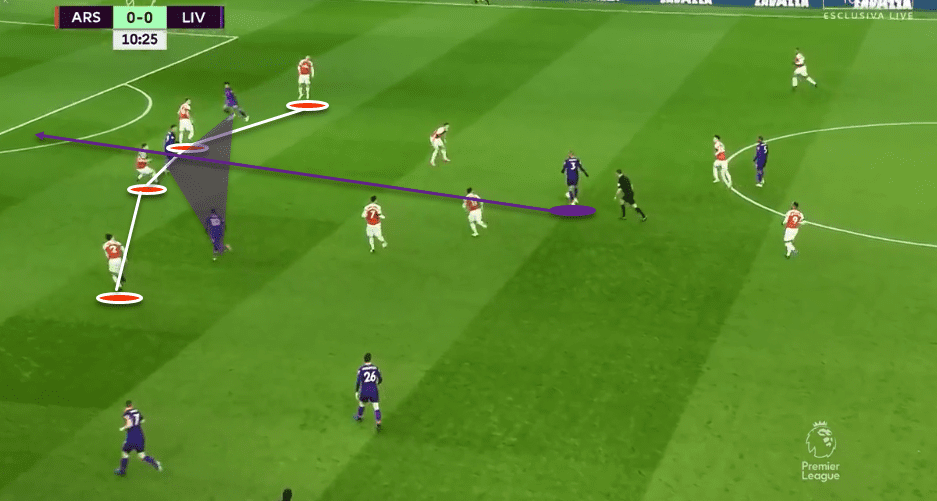
This is a key example of the positioning of the Liverpool front three as they enter their attacking phase. The Brazilian midfielder Fabinho is in possession and all three Liverpool forwards are advanced towards the Arsenal penalty area with all three being positioned in key pockets of space between the Arsenal back four. Firmino is between the central defenders, Salah is between the left back and the left-sided central defender and Mane is between the right-back and right-sided central defender. These nuanced positions make marking the front three extremely difficult.
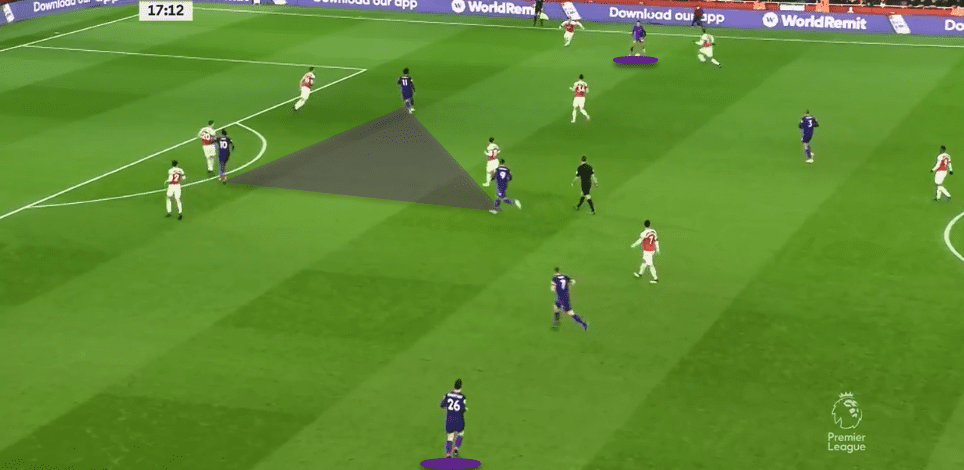
Here, Mane is the most advanced central striker with Firmino moving forward from a deeper area. You can see that the two full-backs are in advanced areas of the field stretching the Arsenal defensive structure and providing width.
Liverpool Passing Structures
Under Jurgen Klopp, there is a belief that Liverpool play direct and quick football in their attacking phase as they look to move the ball forwards as quickly as possible. In truth, however, the approach that Liverpool use in the attacking phase is much more impressive and flexible than that. Whilst they are capable of playing quickly and looking to connect with the forward players in the first 2-3 passes in transition. They are also capable of building passing combinations through the thirds that create pressure on the opposition defensive structure across the width of the field.
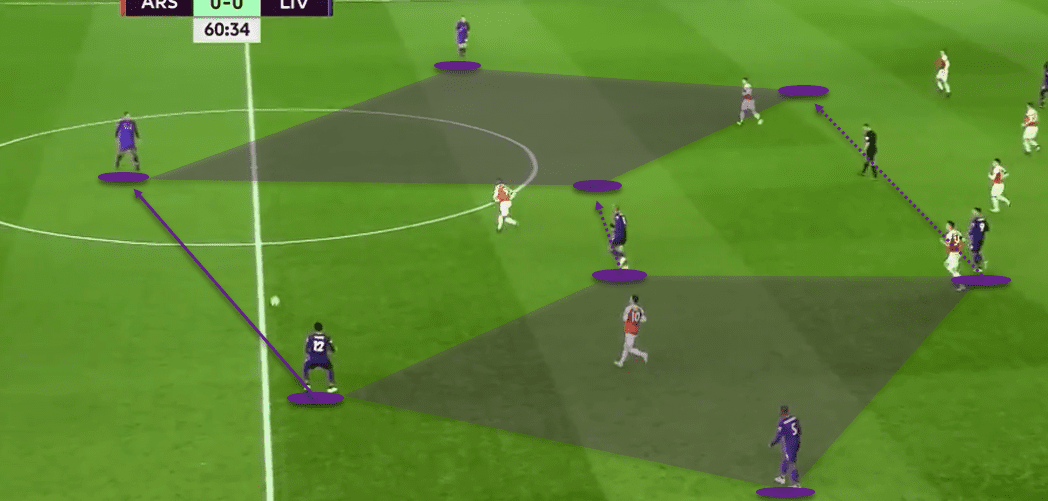
Here we see a diamond formed by Liverpool with Joe Gomez initially in possession. Wijnaldum and Fabinho offer initial passing options around the pressing Arsenal player and Firmino is more advanced.
In this example, however, we see Gomez decide instead to switch play across to Virgil Van Dijk as he looks to find a safer passing lane in towards the final third. As the ball is moved across to the Dutch defender, we see Fabinho and Firmino switch over quickly to form a second diamond on the other side of the field.
This kind of positional structure allows Liverpool to progress the ball forward and prevents the opposition from creating effective defensive structures against them.
Conclusion
In the end, a 1-1 draw was perhaps a fair result. There will be some amongst the Liverpool fanbase who are disappointed at their failure to beat Arsenal but in truth, this new version of Arsenal will provide a difficult opponent for any side in the league.
Instead, we saw a different look from Liverpool as Jurgen Klopp continues to experiment with different midfield structures from his large squad.

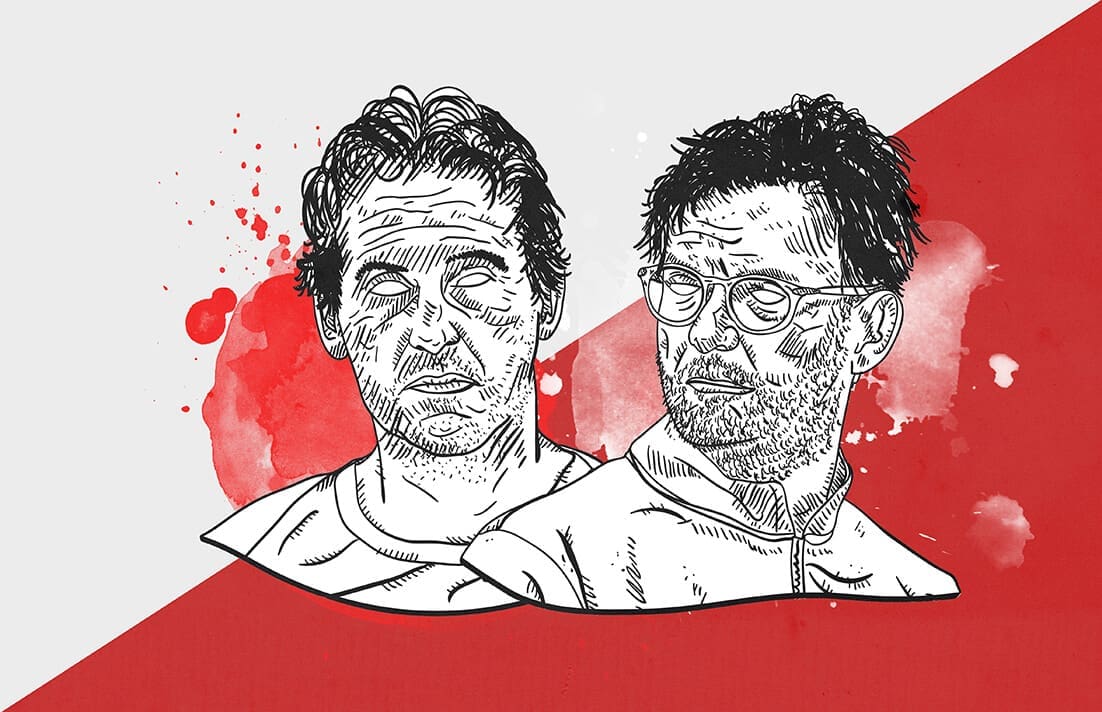




Comments